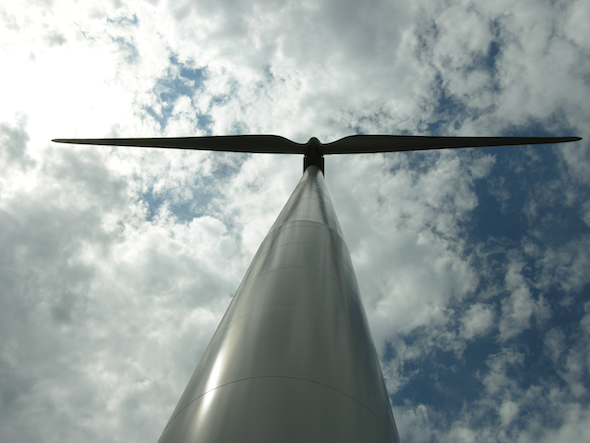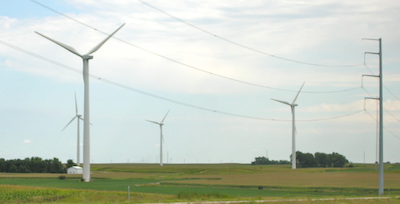 Yesterday, on our way to a party, my wife Sue and I tuned in to NPR’s This American Life. Radio host IRA Glass introduced three increasingly compelling segments on the topic of climate change – Hot In My Backyard. When we got to our destination, we didn’t want to get out of the car. We didn’t want to miss a word.
Yesterday, on our way to a party, my wife Sue and I tuned in to NPR’s This American Life. Radio host IRA Glass introduced three increasingly compelling segments on the topic of climate change – Hot In My Backyard. When we got to our destination, we didn’t want to get out of the car. We didn’t want to miss a word.
First up was Colorado’s State Climatologist, Nolan Doesken. As reporter Julia Kumari Drapkin explained, Doesken has long believed the humans are driving climate change, but never connected it to his own life. Even after several years of some of the most devastating weather his state has ever seen, Nolan considered climate change a worry for the future. Then, last year, he watched as his state experienced some of the most extreme weather it has ever seen. For the first time, Nolan felt like he was looking at what the future would be like where he lives. He felt scared. Julia tells the story of how this has all changed Nolan, and changed what he’s saying to the people of his home state.
Next up was Producer Ben Calhoun telling the story of a former Congressional Representative from South Carolina, Bob Inglis. Inglis is a conservative Republican who once doubted climate science. After he looked at the research, he changed his mind, and decided to speak out. In 2010, he was mocked by people in his own party and trounced by a Tea Party-backed candidate. Since then, Bob has dedicated himself to the issue even more — and he’s now trying to create a conservative coalition for climate change action. For more on Inglis, see an article I wrote on him back in 2010: GOP Rep. Bob Inglis On Climate Change
The third and final segment has host Ira Glass telling the story of writer turned activist Bill McKibben. Glass tells us McKibben is trying to reinvent progressive politics when it come to climate change. He’s attempting to create a divestment campaign modeled after the successful campaign against apartheid in South Africa. The campaign is designed to recast the discussion of climate change, with fossil fuel companies as the villains.
Shortly after the segment ended, I turned the car off, and Sue and I walked up through friends Robin and Lyn’s rolling land, past a very active hand hewn bee hive, through abundant gardens of spring vegetables, herbs, and fruit trees, ultimately arriving at a pickleball court, where friends gamed on, in the warmth of the afternoon sun.
I knew Robin and Lyn’s daughter Annie would be there, back from Washington, DC, and I was looking forward to seeing her. Annie is walking the talk. If you listen to the Bill McKibben segment above, you will hear a lot about how divestment is increasingly being used as an effective tool against corporate bad business. Annie is in the thick of it. She works for The Conflict Risk Network — encompassing about 80 members including pension funds, some of the world’s largest asset management firms, government entities, university endowments, foundations, financial service providers and socially responsible investment firms. They harnesses the collective weight of more than $6 trillion in investment assets. And they use that weight to challenge corporate actions and misconduct that hurt our society.
Listening to This American Life was the perfect warm-up to conversation with Annie. I love how serendipity shows up when you least expect it. And I especially love how young people like Annie are forging a path of active informed engagement on the burning issues of the day.


